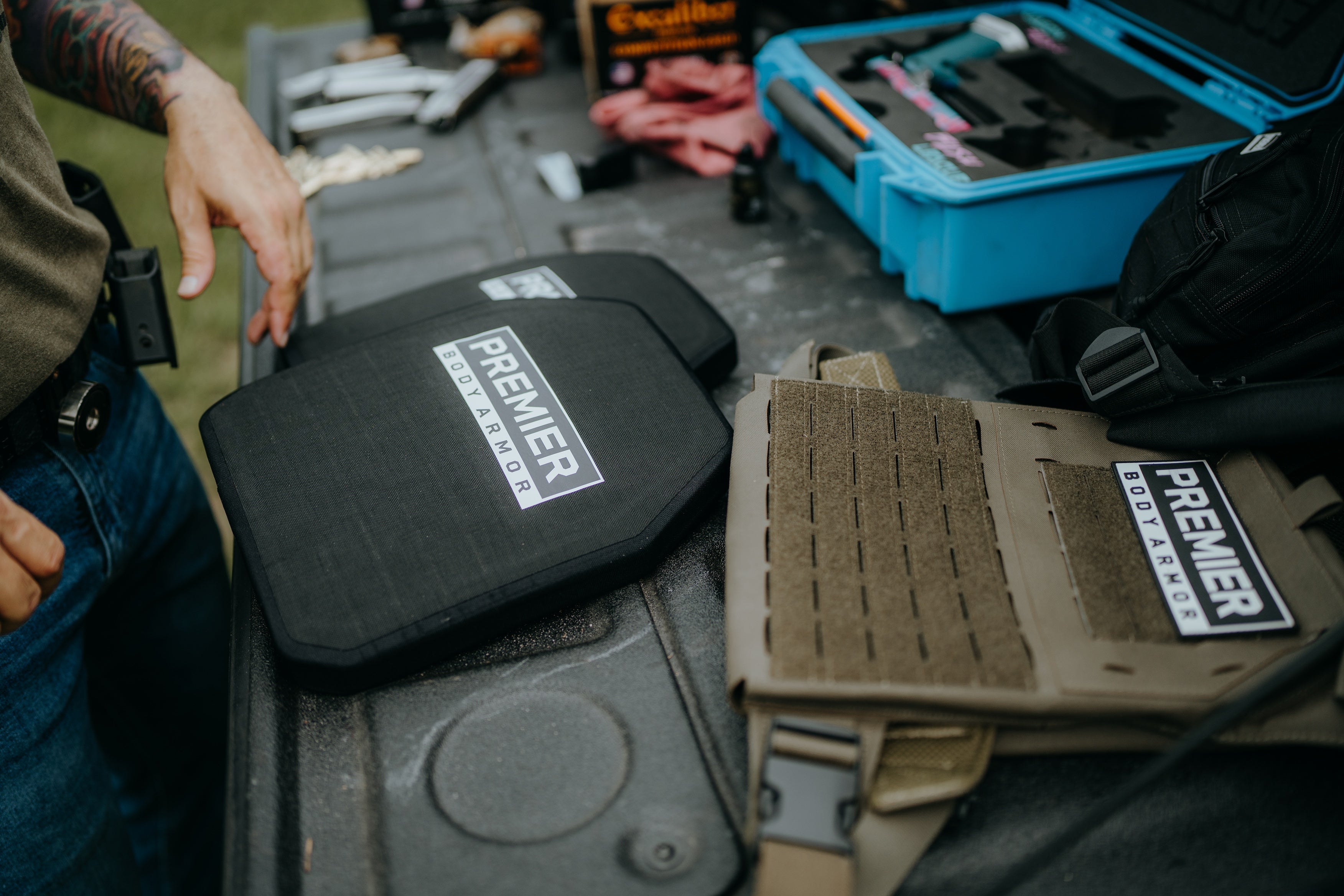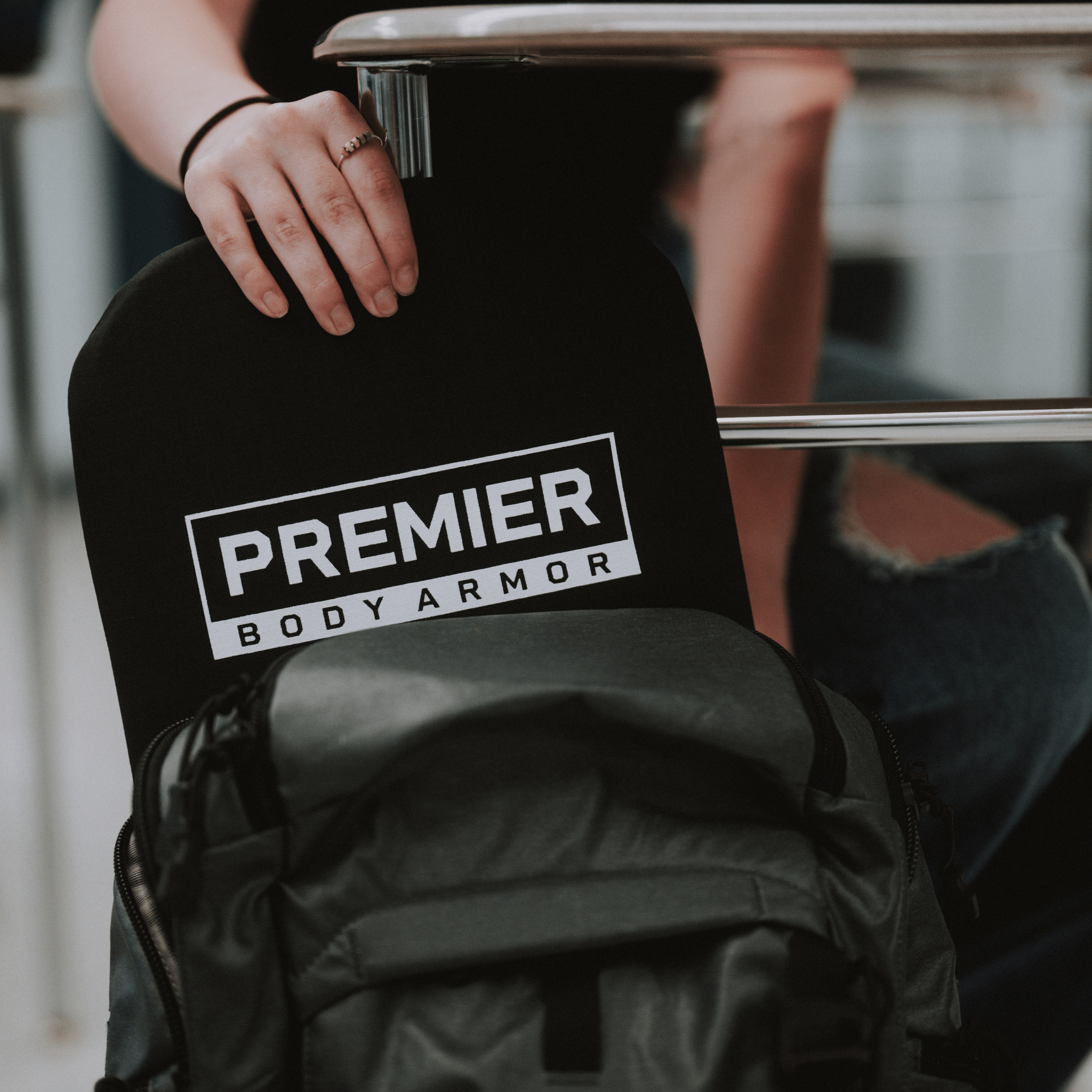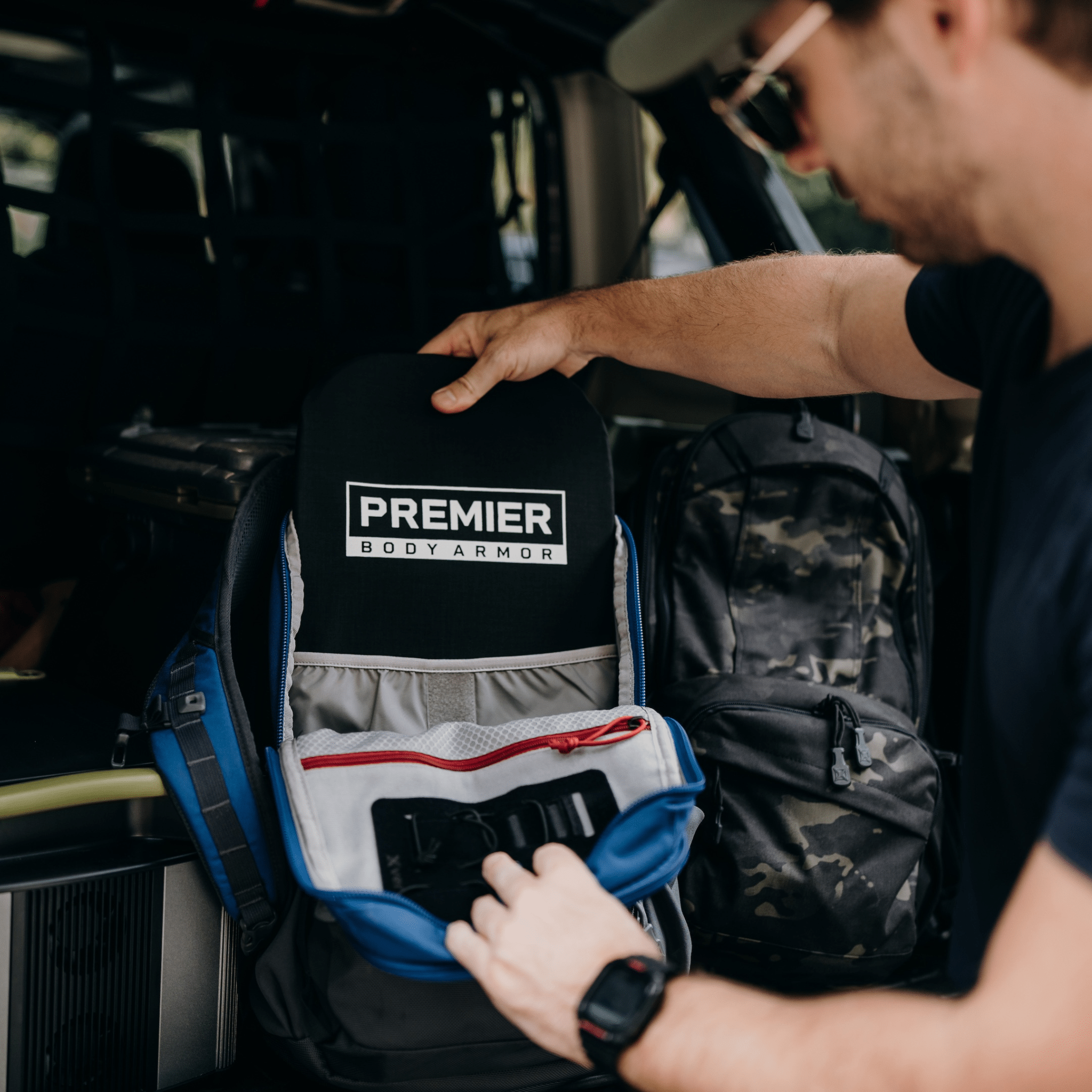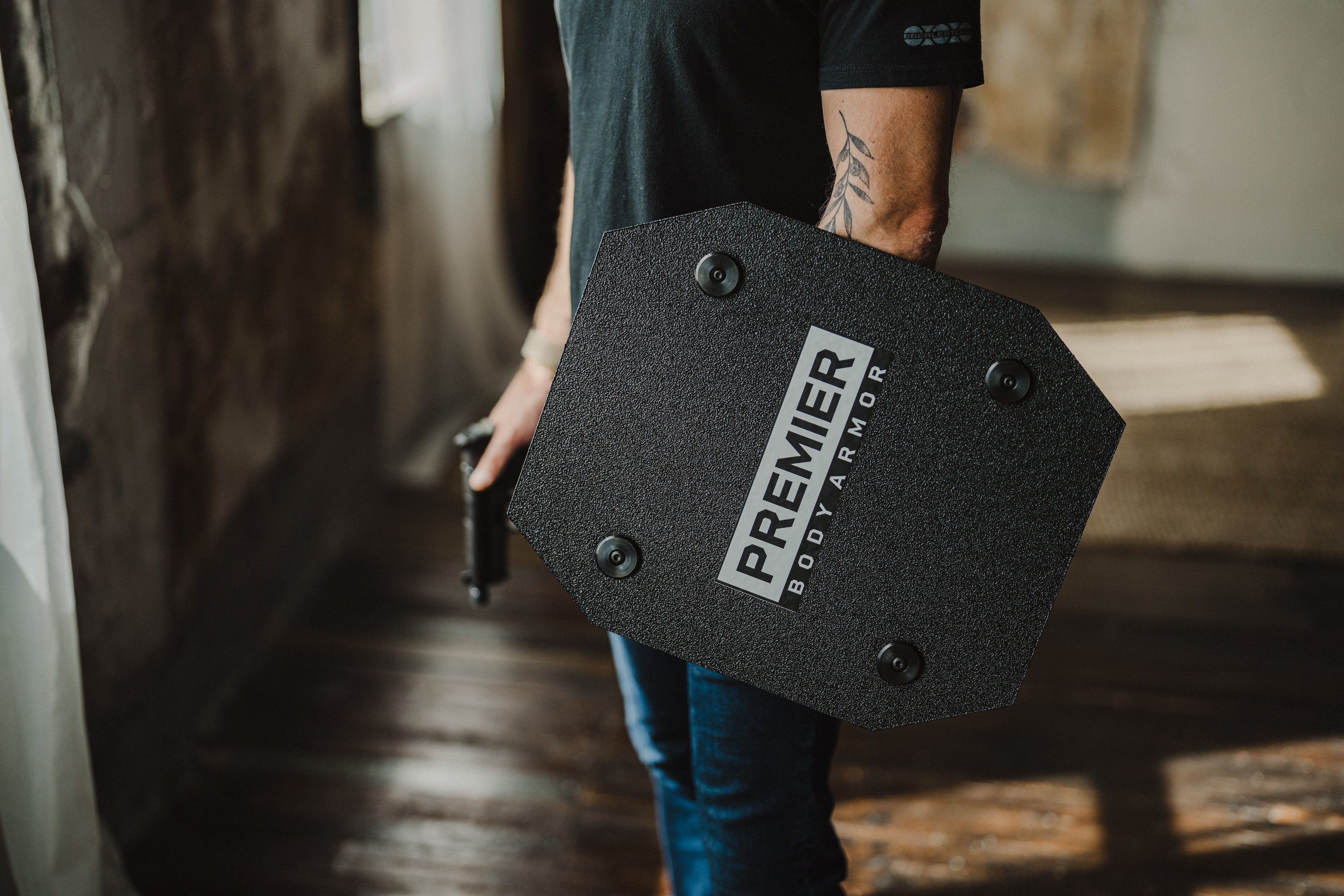Everything You Need to Know - Traveling with Body Armor
With the holidays quickly approaching, you may very well be planning to “fly the friendly skies” or hit the open road, and after the past few years of limited travel it’s exciting!
If you’re anything like me, you’re probably trying to fit everything into a carry on to avoid those pesky fees many airlines are charging these days to check a bag.

However, while you’re doing all that planning, something you may want to consider is bringing personal protective equipment. We’re talking body armor and yes, believe it or not, you can travel with body armor!
However, there are some rules and regulations to keep in mind. Here is everything you need to know about traveling with body armor.
Body armor is protective gear that is meant to deflect a bullet, shrapnel or knife and it’s no longer limited to the military or law enforcement and security officers.
There are a lot of options these days meant for everyday people such as plate carriers, soft armor, and body armor vests. You can read here for more information on the different types of body armor available to civilians.
Should I Travel with Body Armor?
The answer to this question is personal. It really depends on whether you feel body armor will give you the peace of mind needed to really enjoy your trip. Here are a few things you might want to consider when deciding whether or not to bring personal protection with you as you travel:
- Your personal comfort – will traveling with body armor bring you a greater peace of mind?
- Your destination – are you traveling to somewhere that has a history of violence or crime?
- Your reason for traveling – will you be spending your time relaxing by the pool or are you traveling as a correspondent (for example) who is more likely to find themselves in a dangerous situation?
- Your public identity – are you a high-level CEO, have publicly known political views, or are you acting on behalf of a government, business, or well-known social group that may make you a high target for terrorists or others?
How you answer these questions can go a long way to deciding whether you should carry body armor or not with you when you travel.
Before you read further, you may want to check out our blog on the different types of body armor, as that will greatly impact what you can and cannot do while traveling. So here are four rules and regulations to keep in mind while traveling with body armor.
Can I Wear Body Armor in an Airport?
When I was a kid, airport security was well…insecure compared to today. After September 11th and the infamous “shoe bomber” things have changed. Now you must remove your laptop, phone, belt, shoes, and toiletries.
And don’t even think of trying to go through security with a full water bottle – you’ll be chugging it a la fraternity party. But what about body armor?
Regulation #1: The United States Transportation Authority (TSA) does not allow you to wear body armor in the airport or on a plane. This applies to both domestic and outbound international flights. While you cannot wear body armor, you can pack it in either your checked baggage or carry on. So if you’re traveling with a ballistic vest or Everyday Armor T-Shirt, you cannot wear the body armor, but you may have it packed away in your carry on or checked bag.
However, you cannot take it out of your carry on or put it on after security and it is completely up to the security officer as to whether they will allow it through or not.

Anytime I go through security and any airport, I keep a ballistic insert in my backpack; it’s incredible the peace of mind having body armor brings. Knowing there is body armor in your bag, especially in a gun free zone, gives you a feeling that you have an advantage to survive.
Can I Carry Body Armor Through the Airport?
While wearable body armor isn’t allowed in the airport or on a plane, there are many types of personal protection equipment that is meant to be carried, such as armored plates and bulletproof baggage. So, is this type of body armor allowed?
Regulation #2: In general, you are allowed to bring the off-body carry types of body armor with you through the airport and onboard your flight. This includes both insertable armor plates.
Again, keep in mind that it is at the discretion of the security officer.
All of our team members have flown domestically and internationally with armored inserts in their backpacks and have not experienced any issues.

Can I Take Body Armor on International Flights?
This is a bit of a loaded question because the rules and regulations that apply to international flights often depend on where the flight originates and ends. Some countries have different rules.
Regulation #3: As stated above, you cannot wear body armor on any flight in the US including outbound international flights, but you carry or pack it in your checked luggage.
Not only is it important to know the rules and regulations in the United States, but it is also important to familiarize yourself with the rules put in place by the country of your destination.

Some countries do not allow any type of body armor to be worn or even carried by a civilian. Others do not have rules and regulations at all.
And remember, if you’re traveling to multiple countries, you will need to be able to accommodate changing rules and regulations along the way.
Can I Travel by Train or Bus with Body Armor?
If you’re traveling the open road, the rules and regulations regarding body armor are a bit different than those in place for air travel.
Regulation #4: In the United States, you are allowed to carry or even wear body armor across state lines.
Most states follow this federal regulation, however not every state has the same rules and regulations when it comes to body armor within that state. So, just like flying internationally, it is important to know what you can and cannot do once you reach your destination.
Obviously personal vehicles have no rules and regulations within the vehicle when it comes to body armor. But what about trains and buses? Again, federal rules allow for the transportation of body armor across state lines.

While trains and buses have significantly relaxed rules and regulations when compared to airports, it is at their discretion to put into place any rules and regulations while onboard and those must be followed.
So, whether you choose to travel with body armor or not, it is completely up to you. For some, carrying body armor provides much needed peace of mind, while for others it is a requirement for their job.
Either way, it is important to be familiar with the rules and regulations put in place by the United States and abroad. Otherwise, you are at risk for hefty penalties or worse, and who wants to deal with that?
Happy Travels!










Leave a comment